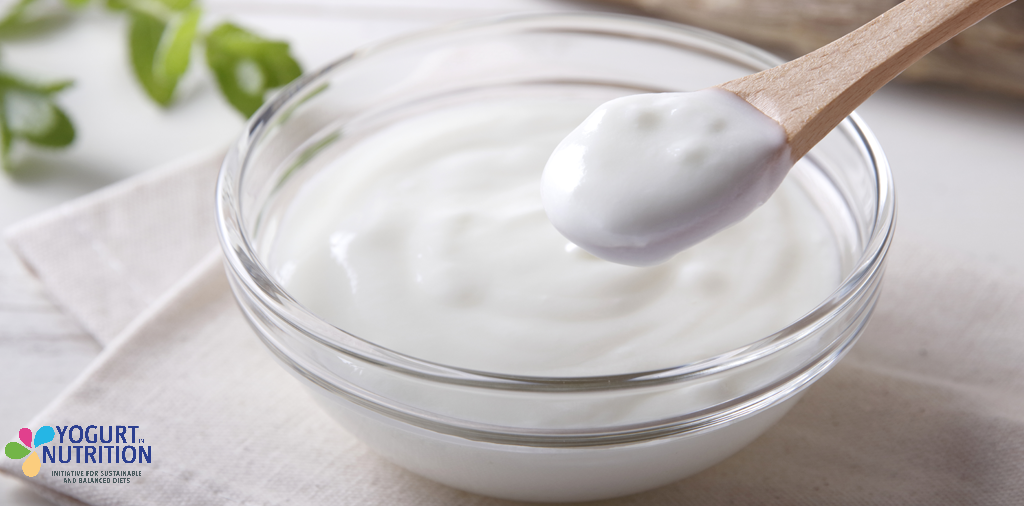IN A NUTSHELL: Numerous studies have suggested an inverse association between yogurt consumption and the risk of disorders, such as type 2 diabetes and certain cancers, but the mechanisms remain poorly understood.
Recently published in European Journal of Nutrition, this article based on the Health Professionals Follow-up Study (1993–1994) of 1076 participants, shows that higher yogurt consumption is associated with lower soluble CD14 concentrations, a marker of gut barrier dysfunction, especially in men.
Association between yogurt consumption and plasma soluble CD14 in two prospective cohorts of US adults
Purpose: Although evidence suggests an inverse association between yogurt consumption and the risk of disorders, such as type 2 diabetes and certain cancers, the mechanisms remain poorly understood. We aimed to examine the association between yogurt consumption and concentrations of plasma soluble CD14, a marker of gut barrier dysfunction.
Methods: We analyzed cross-sectional data from 632 women in the Nurses’ Health Study (1989–1990) and 444 men in the Health Professionals Follow-up Study (1993–1994) with soluble CD14 concentrations. We estimated yogurt consumption from food frequency questionnaires. We used multivariable-adjusted linear regression models to estimate the percentage difference (95% CI) of soluble CD14 concentrations by yogurt consumption.
Results: Among men, higher consumption was associated with a lower soluble CD14 concentration (at least 2 cups/week vs. non-consumers; unadjusted % difference: − 7.6%; 95% CI − 13.0%, − 2.1%; Ptrend = 0.003). The inverse association was slightly attenuated following multivariable adjustment (% difference: − 5.8%; 95% CI − 11.0%, − 0.1%; Ptrend = 0.01). For the same comparison, yogurt consumption was inverse, but not statistically significant associated with soluble CD14 concentration in women (% difference: − 1.2%; 95% CI − 5.6%, 3.5%; Ptrend = 0.64). In stratified analyses, the inverse association between yogurt consumption and the concentrations of soluble CD14 was slightly stronger in men who consumed alcohol at least 20 g/day.
Conclusions: Higher yogurt consumption was associated with lower soluble CD14 concentrations, especially in men. Our findings suggest the strengthening of gut barrier function as a plausible mechanism for the observed inverse associations of yogurt consumption with gastrointestinal diseases and disorders involving other systems.
TO GO FURTHER, WE MAY HAVE SOME DOCUMENTS FOR YOU:
- How can discoveries on gut microbiota impact our health?
- Yogurt and gut function: a preventive action?
- Yogurt may help protect against gastrointestinal disease
- How yogurt affects the gut microbiota?
- Eating more yogurt is associated with a reduced risk of type 2 diabetes
- Probiotic yogurt can help maintain normal microbiota
- How yogurt consumption impacts gut microbiota
- What are the health benefits of fermented dairy foods?



